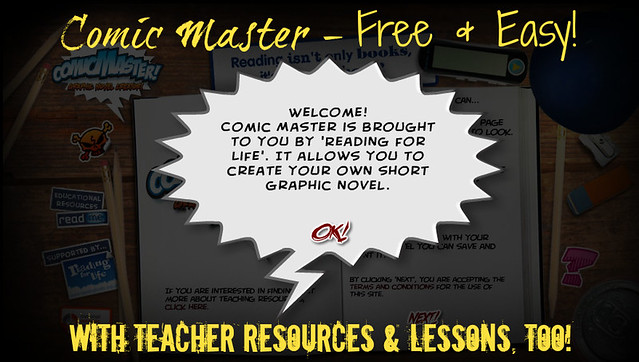Digital Badge # J – Chapter 4
In the section Enhancing Lesson Development with
Technology, the section talks about the fundamentals of teaching. What to teach? How to teach?
How to know what the student has learned? Seems simple, but the fact is that some
teachers and new teachers struggle with inventing new and engaging ways of
presenting a well-organized and standard- based lesson plan. The internet can be a starting point for some
teachers, there are many resources that can be explored and technology based
tools that teachers can utilize. Other
important aspects of creating a lesson plan is what instructional strategy will
be used to teach the lesson, how much time will be spent on the section, and
also what assessment tools will be used to insure that academic gains were
made. Many things must be considered while
developing a lesson plan, in addition the teacher must also consider the
individual students needs and learning styles.
While some veteran teachers may have developing a lesson plan down to a
science other teacher may find it to be an ongoing task that takes time and
effort to develop a lesson plan that meets all
criteria.
Teachers can use technology to help them brainstorm while developing their lesson plans.
Mind Map created by Crystal Wood using Bubblus
criteria.
Teachers can use technology to help them brainstorm while developing their lesson plans.
Mind Map created by Crystal Wood using Bubblus
In the section Approaches to Lesson Planning, lesson
planning is defined as the organization of whole-group, small group, and
one-on-one instruction. Lesson planning
also includes the use of one of these methods, student learning objectives or
understanding by design. Student
learning objective stresses the outcome of the students, while Understanding by
design consists of a three part system.
Stage one is to identify the desired results, stage two is to determine
assessment, and stage three is to plan how will the lesson be conducted. Teachers can refer to the internet for ideas
or even already assembled lesson plans and there are even apps for lesson
planning. The section mentions TrackStar
as a resource for teachers needing help with lesson planning.
Gliffy created by Crystal Wood
One other thing teachers must think about while developing
their lesson plan is whether or not it meets educational standards. Teachers always have the dilemma of not
having enough time to teach the vast amount of curriculum requires in order to
meet standards. Teachers often have to
decide which content is the most crucial and spend more time on those areas
while just skimming over other area of curriculum. The section Meeting Educational Standard
talks about the standards and the consideration and thought that teachers must
deal with while trying to create an age appropriate lesson that teaches, is
engaging, meets standards, and can be assessed.
Teachers can explore the many resources available online.
Teachers can explore the many resources available online.
 |
| Photo credit given to The Daring Librarian on Flickr |
References:
Maloy, R. W., Verock-O'Loughlin, R., Edwards, S. A., &
Woolf, B. P. (2014). Transforming learning with new technologies (2nd ed.).
Boston, MA: Pearson Education, Inc.
Your use of two different mind mapping tools further emphasizes their versatility in usage. I like what you did wit both, but especially interested in the bubbl.us concept , i.e., using it as an organizational tool for planning lessons - great idea! The web is full of great tools to help us use our time more productively and effectively - we just need to think/work smarter sometimes! :) It is also interesting to reflect on the preference for certain tools - some may like a more free-form drawing tool to effectively create lesson plan ideas and others an outline. I think we need to be open to discovering what works best for us and then allowing our students to do the same - though that still takes some 'trial and error' time!
ReplyDelete